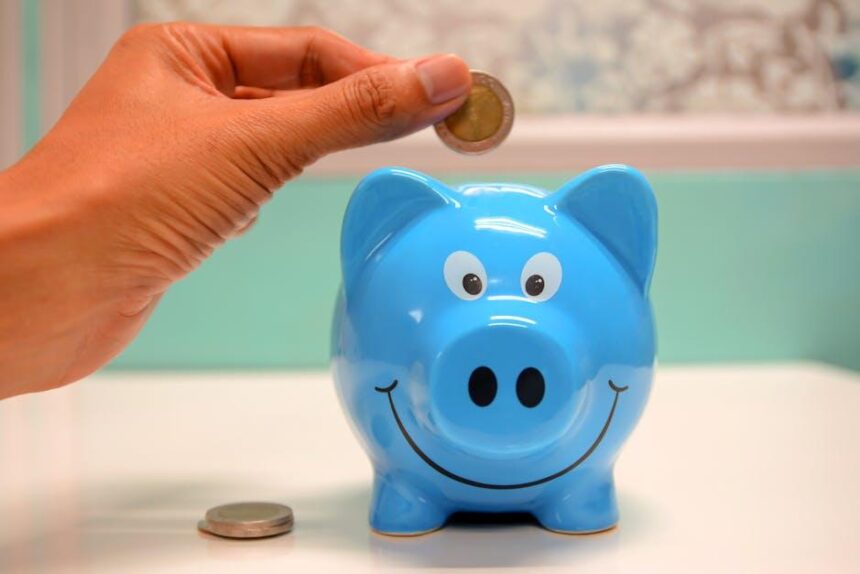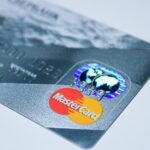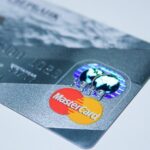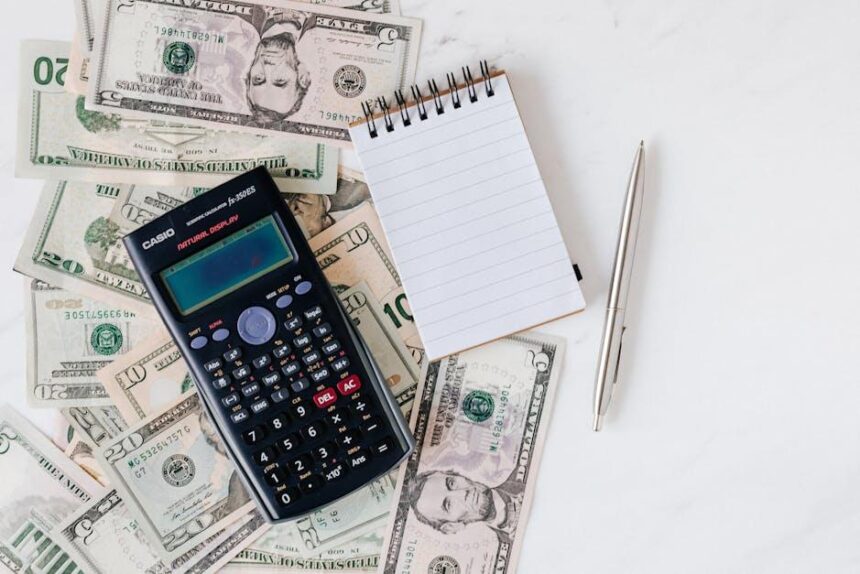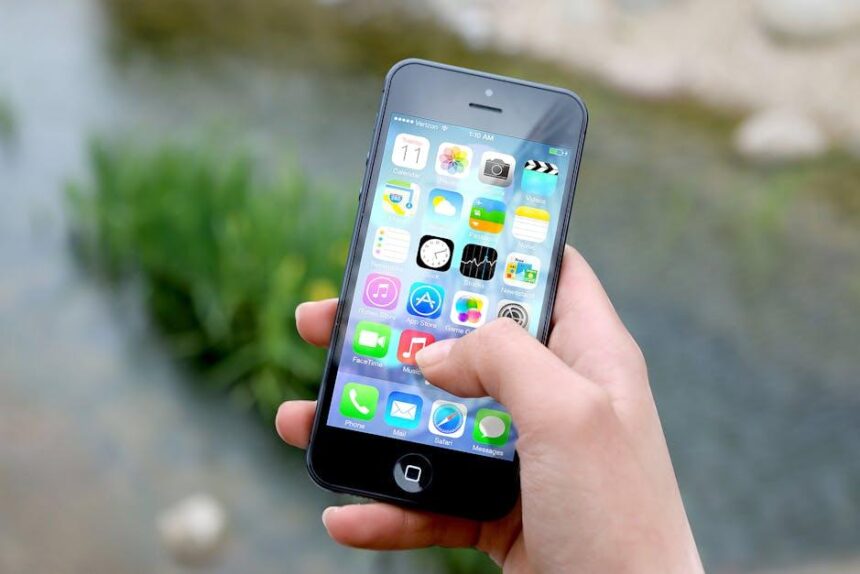In an age where financial management has never been more crucial, the right tools can make all the difference in achieving your budgeting goals. As we navigate the complexities of modern finances-from managing expenses to saving for future investments-personal finance apps have emerged as invaluable allies. In 2023, a diverse array of innovative budgeting applications offers tailored features designed to simplify the management of your financial life. Whether you’re a seasoned money maestro or just starting on your budgeting journey, these apps promise to empower you with the insights and control you need to succeed financially. Join us as we explore the best options available this year, setting the stage for smarter, more informed financial decisions.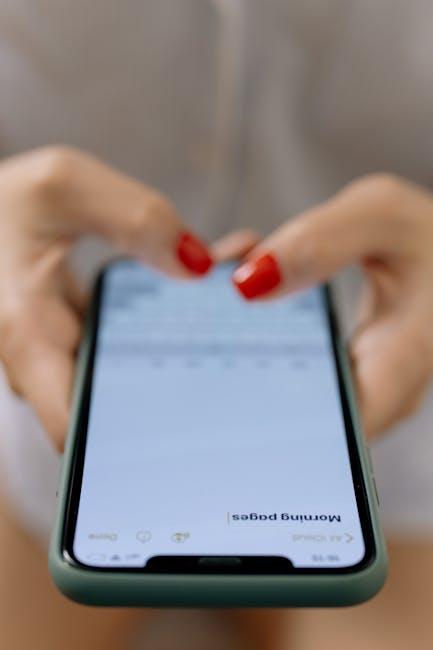
Exploring Top-Rated Personal Finance Apps for Seamless Budgeting
In today’s financial landscape, finding the right app for budgeting can transform your money management experience. Here’s a look at some top-rated personal finance apps that are designed to help you budget seamlessly.
| App Name | Key Features | Best For |
|---|---|---|
| Mint |
|
Users looking for a comprehensive budgeting tool that integrates all financial accounts. |
| You Need a Budget (YNAB) |
|
Individuals who want to learn and implement effective budgeting techniques. |
| EveryDollar |
|
Beginners who prefer a straightforward budgeting process. |
| Simplifi by Quicken |
|
Individuals who enjoy detailed analytics and a personalized budgeting experience. |
| GoodBudget |
|
Those who prefer a traditional envelope budgeting method in a digital format. |
Each of these apps brings unique strengths to the table, making them suitable for different needs:
- Mint is highly regarded for its ability to aggregate accounts and track spending automatically, which saves time and keeps you organized.
- YNAB is particularly helpful for those striving to develop better financial habits since it emphasizes proactive budgeting and planning.
- EveryDollar simplifies the budgeting experience, making it a great option for beginners who want to get started without overwhelming features.
- Simplifi by Quicken caters to users who appreciate visual tools and personalized budgeting insights, allowing for informed financial decisions.
- GoodBudget retains the classic envelope method while digitizing the experience, ideal for traditionalists wanting a modern twist.
Using these personal finance apps can empower you to better control your spending, save for future goals, and ultimately achieve greater financial stability. It’s essential to select one that aligns with your personal budgeting style and financial objectives, ensuring that managing your money feels intuitive and straightforward.

User-Friendly Features That Enhance Your Financial Management Experience
When it comes to effective financial management, user-friendly features in personal finance apps can make all the difference. These features not only simplify the budgeting process but also enhance your overall financial experience, making it easier to stay on top of your financial goals. Here are some standout features to look for:
- Automatic Transaction Categorization: Many apps automatically categorize your expenses into groups like groceries, entertainment, and bills, saving you time and reducing the hassle of manual entries.
- Custom Alerts and Notifications: Set reminders for due dates on bills or alerts for when you exceed your budget in a category, helping you stay accountable without feeling overwhelmed.
- Visual Budgeting Tools: Interactive charts and graphs can provide a snapshot of your financial health, making it easier to see where your money goes at a glance.
- Goal Setting: Whether you’re saving for a vacation, a new car, or a home, many apps allow you to set and track financial goals, which fosters motivation and clarity in your saving efforts.
- Integration with Bank Accounts: Seamless linking with American banks enables real-time access to account balances, transaction history, and spending analytics.
- Importing Tax Documents: Some apps make tax season simpler by allowing users to store and manage tax-related documents, making it easy to prepare for filing.
- Multi-Device Sync: Access your financial information on multiple devices-your phone, tablet, or desktop-ensuring you’ll have your budget at your fingertips wherever you go.
Here’s a quick comparison table highlighting key features in popular personal finance apps:
| App Name | Automatic Categorization | Visual Tools | Alerts | Goal Tracking |
|---|---|---|---|---|
| Mint | ✔️ | ✔️ | ✔️ | ✔️ |
| YNAB (You Need A Budget) | ✔️ | ✔️ | ✔️ | ✔️ |
| Personal Capital | ✔️ | ✔️ | ✔️ | ✔️ |
Utilizing apps with these user-friendly features can significantly enhance your financial management experience, turning budgeting from a chore into a manageable, even enjoyable task.
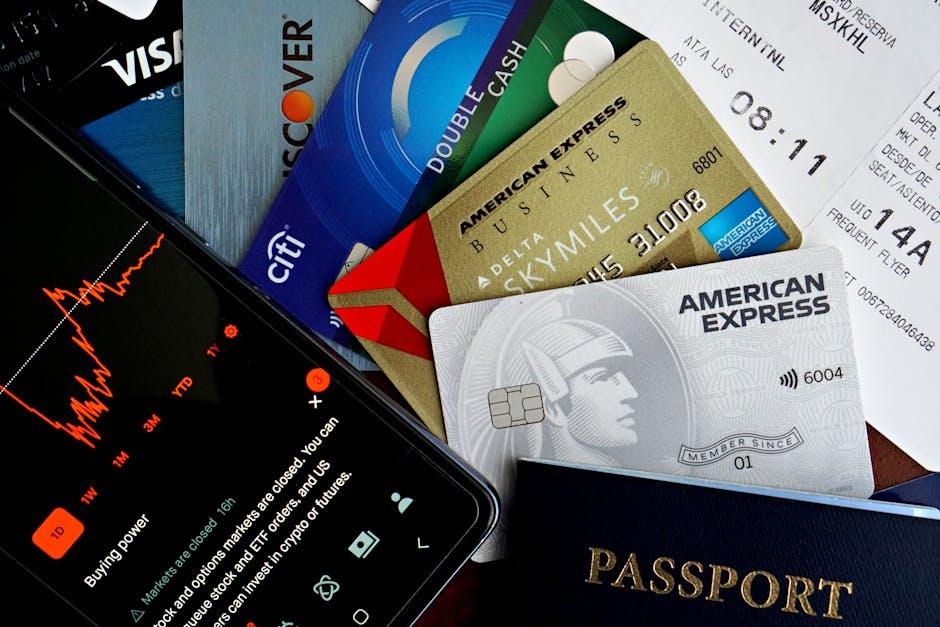
Comparative Insights on Pricing and Subscription Models
Understanding the landscape of pricing and subscription models is essential when choosing a personal finance app. Different models cater to varying needs and preferences, impacting your budgeting experience significantly. Here’s a breakdown of common models used by popular finance apps:
- Flat-Rate Subscription: This model offers users unlimited access to features for a fixed monthly or annual fee. It’s straightforward and ideal for users who prefer not to track variable costs.
- Freemium Model: Users can access basic features for free while premium features require payment. This model works well for those wanting to test an app before committing financially.
- Tiered Pricing: Different levels of service are offered at varying price points. Users can choose a plan that fits their needs, making it adaptable for individuals at different budgeting stages.
- Pay-as-You-Go: Charges are based on actual usage rather than a flat fee, which can be beneficial for users who only need occasional help with budgeting.
- Transaction-Based Pricing: Some apps charge fees per transaction or service provided, which can be effective for those who engage less frequently.
Here’s a comparative overview of typical personal finance apps and their pricing models:
| App Name | Pricing Model | Monthly Cost |
|---|---|---|
| Mint | Freemium | Free with ads |
| YNAB (You Need A Budget) | Flat-Rate Subscription | $11.99/month |
| EveryDollar | Freemium | Free/basic; $12.99/month for premium |
| Personal Capital | Freemium | Free financial tools; Wealth management fees vary |
| GoodBudget | Tiered Pricing | $7/month for Plus Plan |
By evaluating these models and their respective applications, you can choose an app that not only fits your financial goals but also aligns with how much you’re willing to spend. Each model has its advantages, depending on your budgeting style and financial needs.
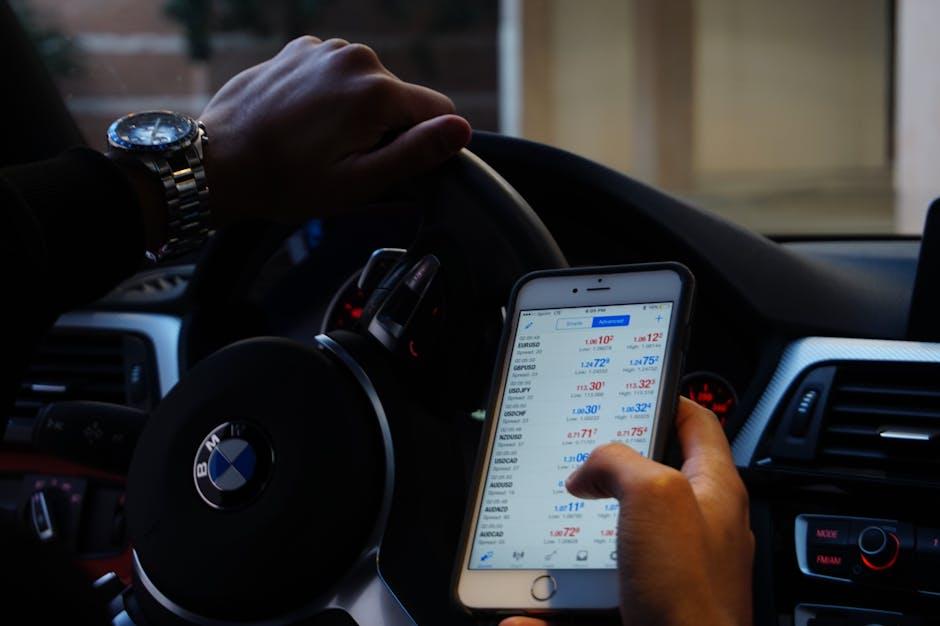
Maximizing Your Budgeting Strategy with Integrated Tools and Resources
In today’s fast-paced financial landscape, leveraging integrated tools and resources can significantly enhance your budgeting strategy. Here’s how to maximize your approach with a suite of budgeting apps and services that align with your financial goals:
- Expense Tracking: Utilize apps that automatically categorize your spending. This will provide real-time insights into where your money goes, helping you pinpoint areas to cut back.
- Goal Setting: Set clear financial targets within these apps. Whether you’re saving for a vacation or paying down debt, having a visual representation of your progress keeps you motivated.
- Automatic Syncing: Choose tools that sync with your bank accounts and credit cards. This real-time integration saves you from manual updates and ensures your budget reflects your current financial situation.
- Custom Budget Categories: Personalize your budget by creating custom categories that matter most to you-be it groceries, entertainment, or savings for an emergency fund.
Recommended Budgeting Tools
| App Name | Key Features | Best For |
|---|---|---|
| Goodbudget | Envelope budgeting, sync across devices | Cash-based budgeting enthusiasts |
| SoFi Budget Planner | Goal tracking, investment insights | Investors and budgeters |
| Achieve MoLO | Automated expense tracking, reminders | Busy professionals |
These apps not only simplify your budgeting process but also assist in making informed financial decisions. By integrating tools that suit your personal finance needs, you can stay ahead of your financial objectives and gain control over your spending patterns.
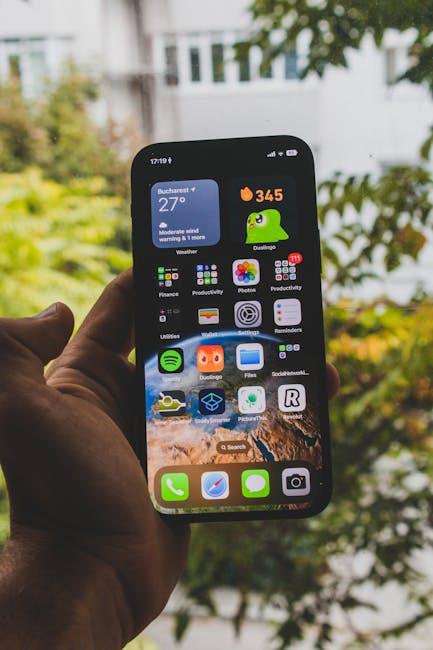
Concluding Remarks
In a world where financial stability is paramount, tapping into the power of personal finance apps can be a game changer. As we’ve explored, the right tools can transform the daunting task of budgeting into a streamlined and manageable process. Whether you seek to track your spending, save for future goals, or simply gain clarity over your finances, these apps offer innovative solutions tailored to your needs.
As you embark on your budgeting journey in 2023, remember that the best personal finance app is one that resonates with your lifestyle and empowers you to take control. Keep experimenting and refining your approach until you find the perfect fit that helps you discover peace of mind in your financial endeavors. Embrace the ease of technology-it could be the key to unlocking a brighter financial future. Happy budgeting!
